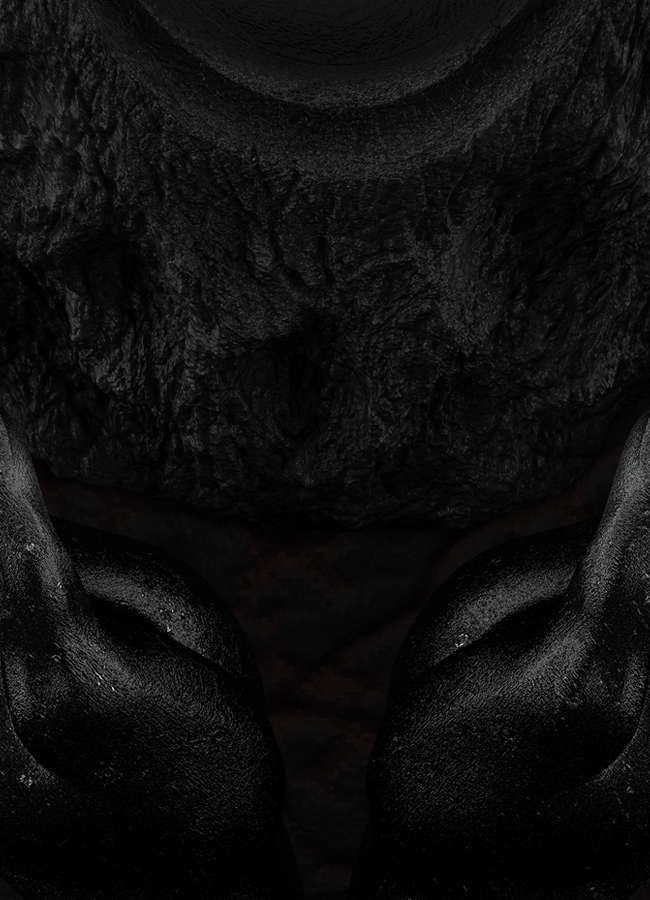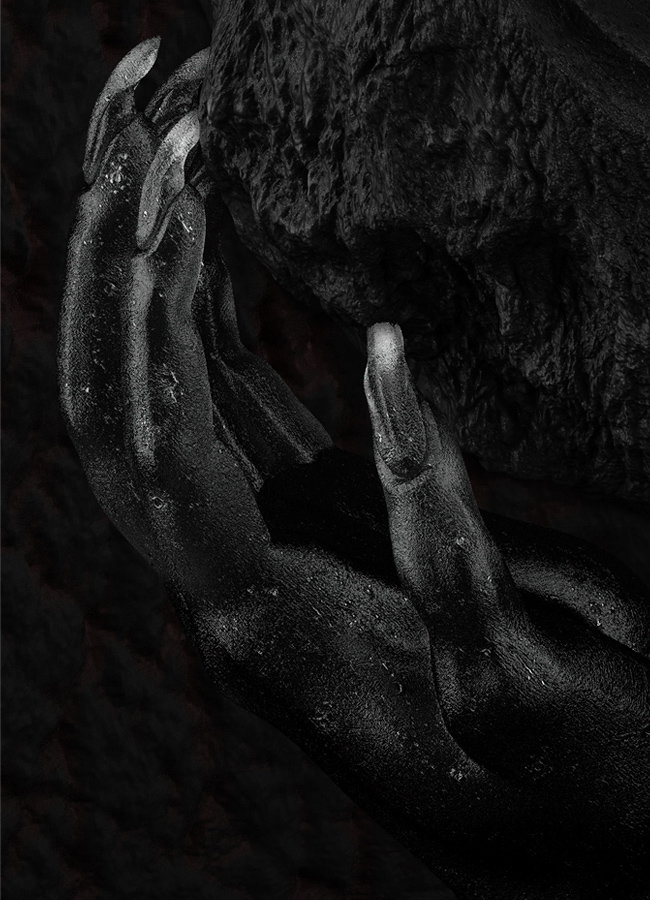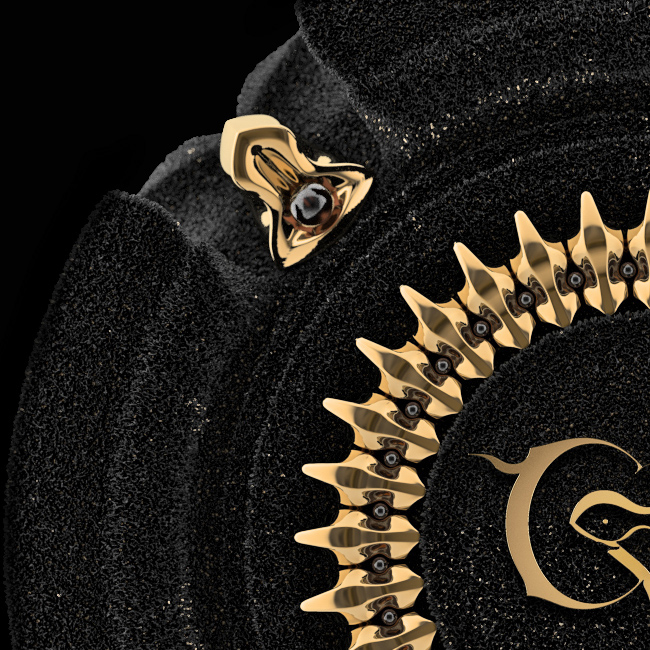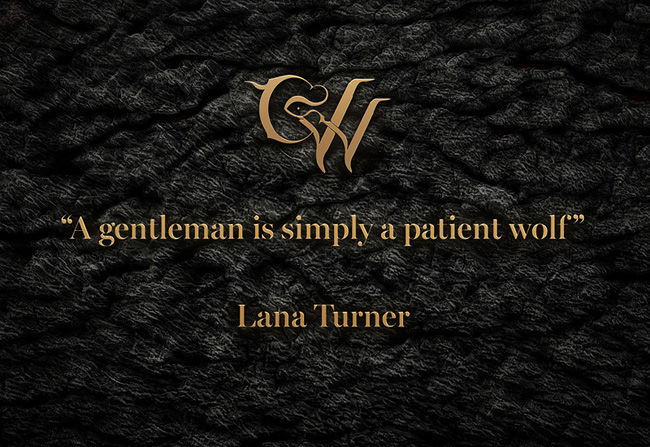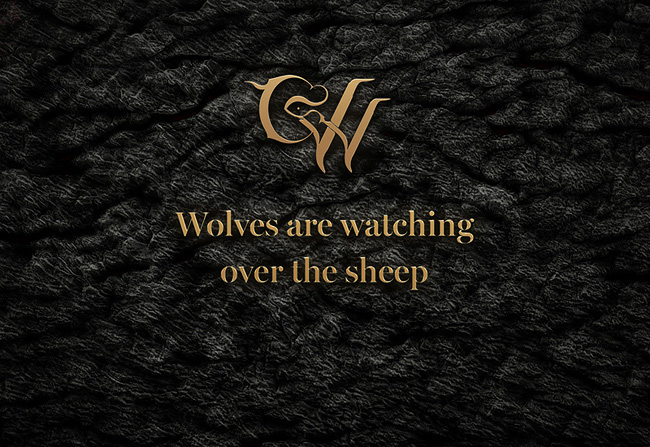
A Company of Wolves is a creative collegium that constitutes its aesthetical basis through its members, who develop their personal projects or work
on a collaborative basis.
experience
of Art & Design
The journey of the company starts in printing packages soon to be available on
http://ofwlvs.co/
The website will be soon be updated for more information.
The print packs start at four images with a default size of 8 x 8 in (20 x 20 cm)
& occasionally we will release special posters which will vary in shape and sizes.
Launch Poster & auxilliary materials


The Wolf
The Greek for wolf, lukos, is so close to the word for light, leukos, that the one was sometimes mistaken for the other in translation. Some scholars have argued that Apollo only came down to us as both the god of dawn and a god associated with wolves because of this etymological confusion. But the association between wolf and twilight is found among too many of the world's cultures to be so simply dismissed.
One can turn, for example, to the Icelandic Eddas or the Pawnee legend of the Wolf Star and find the association among two vastly different peoples. In Latin, again, the word for wolf, lupus, and that for light, lucis, are as close and suggest a third association: that with the Devil. Lucifer (a contraction of lucem ferre, literally, "to bear light") was called the Son of the Morning by both the poet John Milton and the prophet Isaiah, and the wolf of the Middle Ages was, of course, "the devil devourer of man's soul." Loki, the Teutonic god of dawn, provides a second example of the link between wolves, light, and the Devil, for the Christians recast him as the Evil One when they proselytized among the Saxons.
Long before this, however, Loki fathered Fenris, the huge wolf of Teutonic myth whose progeny would devour the sun at the end of the world and precipitate Götterdämmerung, the twilight of the gods.
There is a German folk rhyme invented to help children learn the hours of the day that preserves this fourth association between wolves and a return to darkness. It ends: "um elf kommen die wolfe, um zwolfe bricht das gewölbe" — at eleven come the wolves, at twelve the tombs of the dead open.
The Greek for wolf, lukos, is so close to the word for light, leukos, that the one was sometimes mistaken for the other in translation. Some scholars have argued that Apollo only came down to us as both the god of dawn and a god associated with wolves because of this etymological confusion. But the association between wolf and twilight is found among too many of the world's cultures to be so simply dismissed.
One can turn, for example, to the Icelandic Eddas or the Pawnee legend of the Wolf Star and find the association among two vastly different peoples. In Latin, again, the word for wolf, lupus, and that for light, lucis, are as close and suggest a third association: that with the Devil. Lucifer (a contraction of lucem ferre, literally, "to bear light") was called the Son of the Morning by both the poet John Milton and the prophet Isaiah, and the wolf of the Middle Ages was, of course, "the devil devourer of man's soul." Loki, the Teutonic god of dawn, provides a second example of the link between wolves, light, and the Devil, for the Christians recast him as the Evil One when they proselytized among the Saxons.
Long before this, however, Loki fathered Fenris, the huge wolf of Teutonic myth whose progeny would devour the sun at the end of the world and precipitate Götterdämmerung, the twilight of the gods.
There is a German folk rhyme invented to help children learn the hours of the day that preserves this fourth association between wolves and a return to darkness. It ends: "um elf kommen die wolfe, um zwolfe bricht das gewölbe" — at eleven come the wolves, at twelve the tombs of the dead open.

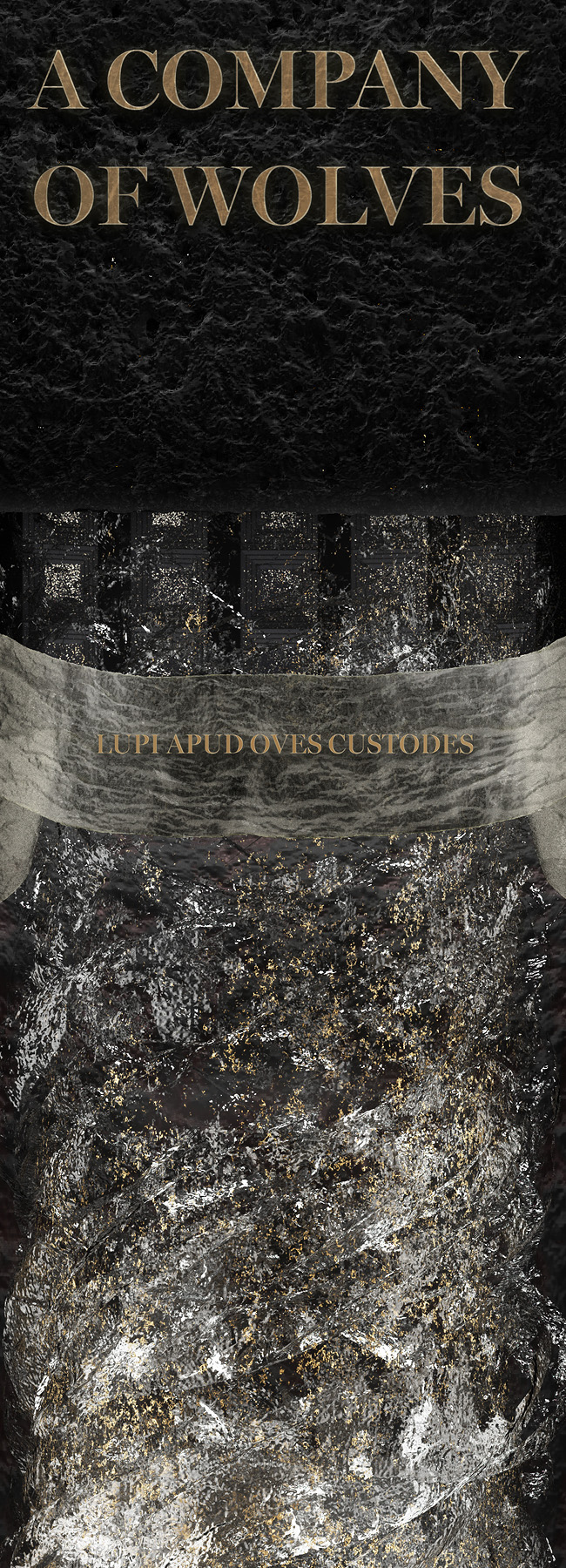
Lupi Apud Oves Custodes - Wolves are watching over the sheep
The Pillar
The frontispice of Francis Bacon’s “New Atlantis” featuring the Pillars of Hercules as a gateway to a new world. According to occult lore, Atlantis is the civilization from which all hermetic knowledge emerged. The rebirth of this lost kingdom has been the dream of Mystery schools for centuries. two pillars in one, energy and intelect will rise from the core and support the massive plateau.
The Pillar
The frontispice of Francis Bacon’s “New Atlantis” featuring the Pillars of Hercules as a gateway to a new world. According to occult lore, Atlantis is the civilization from which all hermetic knowledge emerged. The rebirth of this lost kingdom has been the dream of Mystery schools for centuries. two pillars in one, energy and intelect will rise from the core and support the massive plateau.
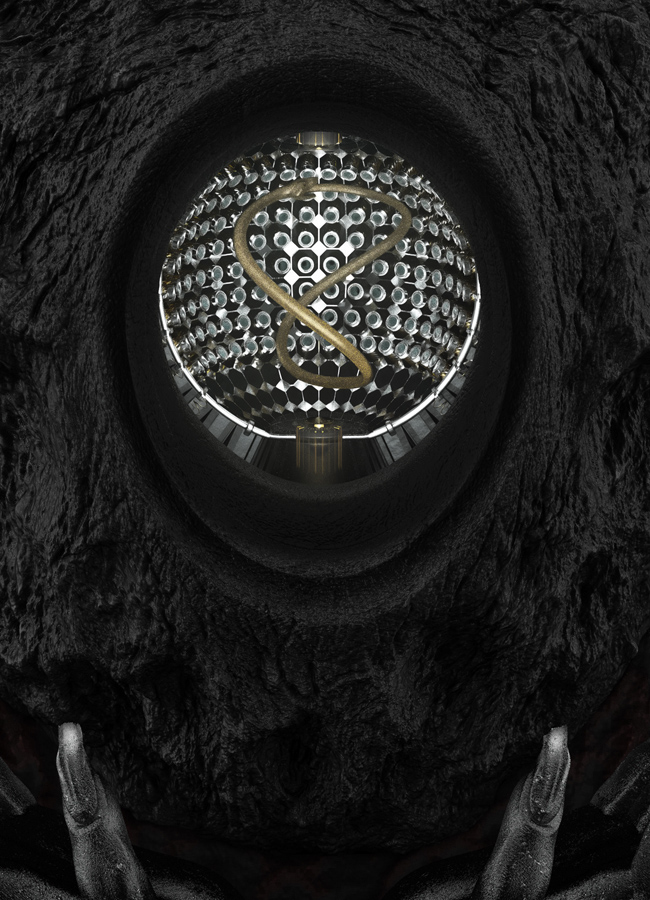
Ouroboros
The Serpent biting its own tail is first seen as early as 1600 years BC in Egypt. From there it moved to the Phonecians and then to the Greeks, who called it the Ouroboros, which means devouring its tail. The serpent biting its tail is found in other mythoi as well, including Norse myth, where the serpent's name is Jörmungandr, and in Hindu, where the dragon circles the tortoise which supports the four elephants that carry the world. Alternate spellings include: oroborus, uroboros, and oureboros.
The ouroboros has several meanings interwoven into it. Foremost is the symbolism of the serpent biting, devouring, eating its own tail. This symbolises the cyclic Nature of the Universe: creation out of destruction, Life out of Death. The ouroboros eats its own tail to sustain its life, in an eternal cycle of renewal. In a drawing, from a book by an early Alchemist, Cleopatra, the black half symbolises the Night, Earth, and the destructive force of nature, yin. the light half represents Day, Heaven, the generative, creative force, yang. Alchemically, the ouroboros is also used as a purifying glyph.
The Serpent biting its own tail is first seen as early as 1600 years BC in Egypt. From there it moved to the Phonecians and then to the Greeks, who called it the Ouroboros, which means devouring its tail. The serpent biting its tail is found in other mythoi as well, including Norse myth, where the serpent's name is Jörmungandr, and in Hindu, where the dragon circles the tortoise which supports the four elephants that carry the world. Alternate spellings include: oroborus, uroboros, and oureboros.
The ouroboros has several meanings interwoven into it. Foremost is the symbolism of the serpent biting, devouring, eating its own tail. This symbolises the cyclic Nature of the Universe: creation out of destruction, Life out of Death. The ouroboros eats its own tail to sustain its life, in an eternal cycle of renewal. In a drawing, from a book by an early Alchemist, Cleopatra, the black half symbolises the Night, Earth, and the destructive force of nature, yin. the light half represents Day, Heaven, the generative, creative force, yang. Alchemically, the ouroboros is also used as a purifying glyph.
source: dragon.org
